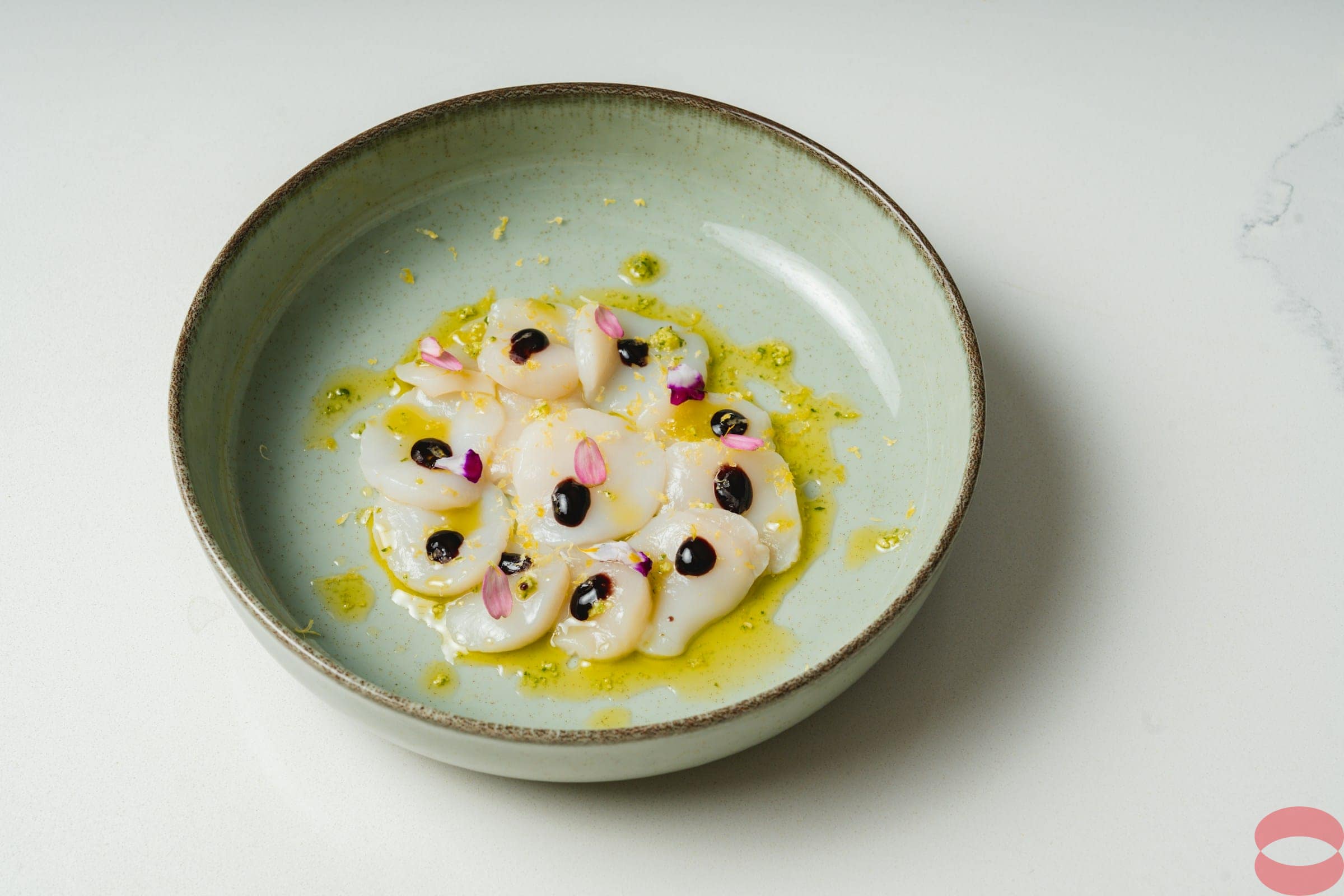What is Fine Dining and How Does It Differ from All Other Dining Experiences?
- November 1, 2024
- Dr. Habib Al Mulla
- Articles
Fine dining represents the pinnacle of culinary art and hospitality, offering a meticulously crafted experience where ambiance, service, and food merge to create a memorable, often transformative experience.

Fine dining represents the pinnacle of culinary art and hospitality, offering a meticulously crafted experience where ambiance, service, and food merge to create a memorable, often transformative experience. It is an all-encompassing journey that balances the aesthetics, flavors, and textures in ways designed to captivate even the most discerning palate. Unlike other dining experiences, which may prioritize convenience, casual settings, or affordability, fine dining is about elegance, exclusivity, and a celebration of the culinary arts.
Core Elements of Fine Dining
Fine dining establishments invest significantly in every aspect of the dining experience. Each detail is considered to immerse the guest in a refined setting, from interior design to table settings. Spaces are adorned with tasteful decor, and the ambiance is curated to foster an atmosphere of sophistication and relaxation. This contrasts with more casual settings, where ambiance is typically secondary to practicality and comfort.
Service in fine dining establishments is another defining element. Staff are highly trained not only to anticipate needs but to provide a seamless experience where guests feel attended to without feeling intruded upon. The “silver service” of fine dining includes attention to detail in table service, dish presentation, and guest preferences. This high-touch service approach fosters a sense of exclusivity, where diners feel catered to in every sense.
Culinary Expertise and Ingredient Sourcing
At the heart of fine dining is the kitchen, often helmed by a renowned chef with specialized training and a unique culinary vision. Dishes in fine dining are often rooted in classic techniques but reimagined through a contemporary lens, creating a delicate balance between tradition and innovation. Ingredients are meticulously sourced from trusted suppliers, and many fine dining establishments go as far as sourcing seasonal or regional produce, sometimes directly from farms or artisanal producers. Rare ingredients such as black truffles, Japanese wagyu, or fresh uni may feature on menus, adding exclusivity and a level of sensory delight that cannot be found in more casual eateries.
Each dish is crafted with artistry in mind, and plating becomes as important as the taste. Fine dining experiences unfold like a performance, where each course builds upon the previous one, creating a crescendo of flavors that engage all the senses.
Differentiating Fine Dining from Other Experiences
In fine dining, the food is as much about storytelling as it is about flavor. Other types of dining may focus on a single, central experience, like the informality of street food or the comfort of casual dining. Fine dining, however, is a slow-paced, immersive experience where guests are encouraged to savor each course. The dishes are often complex, intended for a discerning palate that appreciates subtle nuances and refined flavor profiles.
Unlike casual or family dining, where service is generally fast-paced to accommodate a larger turnover, fine dining establishments focus on limited seating and extended service times. The dress code often reflects this formality, reinforcing the exclusivity and uniqueness of the experience.
Why Fine Dining is an Experience of Value
Fine dining is certainly an investment, both in time and money, but it is one that yields rewards in the form of memories, exclusivity, and culinary education. For those seeking an elevated experience—whether it be for special occasions or simply to indulge in something out of the ordinary—fine dining remains unparalleled, with its emphasis on luxury, service, and an unforgettable gastronomic journey.
